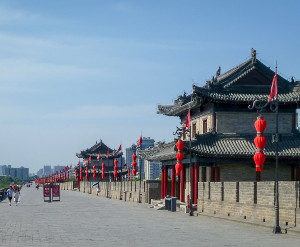1st century BCE, an ancient network of trade routes connected East and West – The Chinese Silk Road.
Cultural interaction … terrestrial and maritime routes …connected East Asia, South East Asia, East Africa, West Asia and Southern Europe.
Chinese silk, spices, precious metals were traded … religions, cultural discoveries, syncretic philosophies, sciences and technologies … stronger horses from Eurasian Steppes added further incentive to develop this trade route.
Traders included Bactrians, Sogdians, Syrians, Jews, Arabs, Iranians, Turkmens, Chinese, Malays, Indians, Somalis, Greeks, Romans, Georgians, Armenians, and Azerbaijanis…
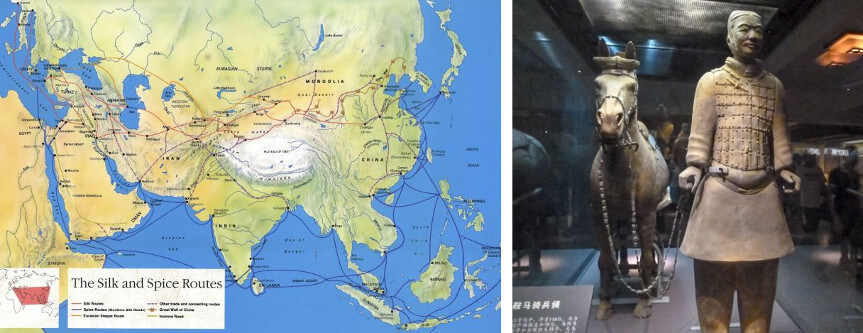
In June 2014, The Silk Road from Chang’an (Xian) – Tianshan corridor was designated as World Heritage Site.
From Shaanxi Province to Gansu, China … splitting into several routes … 2 routes followed mountain ranges north and south of Taklamakan Desert (now Xinjiang); third route north of Tian Shan mountain through Turpan, Talgar and Almaty (southeast Kazakhstan).
Experience various cultural differences, historical findings, and unique cuisines through 3 cities along The Chinese Silk Road …
Xian (Chang’an)
Ancient imperial capitol … eastern departure point of Silk Road …people’s crossroads throughout China, Central Asia and Middle East …diverse hub of ethnic and religious beliefs … millennium of Chinese history.
Most famous is Qin Dynasty (221-206 BC) relics …8000 Terracotta Warriors … spread over some 56 square kilometres.
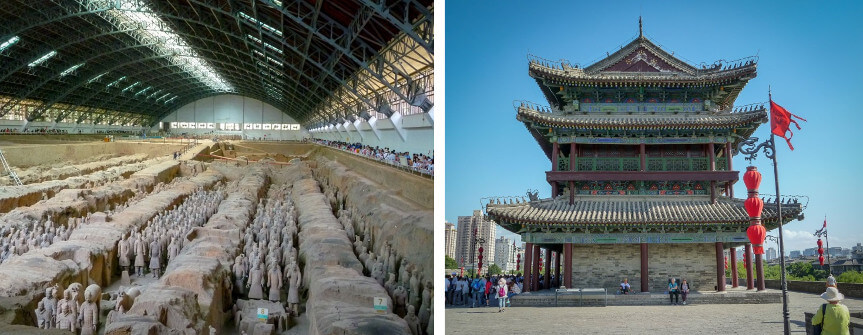
Centre of Buddhist learning … home of scholars and translators; most famous being Pilgrim Xuanzang who brought back and translated copies of Indian scriptures … housed in The Big Wild Goose (Dayan) Pagoda library, built in 652 AD.
Sanskrit translations of Buddhist text, assisted by Indian monks in various monasteries; pilgrims from India, Khotan and Tibet was evident.
Muslim communities took root via ports of South China and Central Asia; integrated around 742 AD. Today, a strong Muslim community thrives in the Muslim Quarter, near western market, where merchants continue plying their trades.
Dunhuang
Crossroads of 2 major routes within The Silk Road network; Dunhuang sits at an oasis …edge of Taklamakan Desert. One of first trading cities encountered when arriving from west … an ancient Buddhist site … popular destination for pilgrims …was also a regional garrison town.
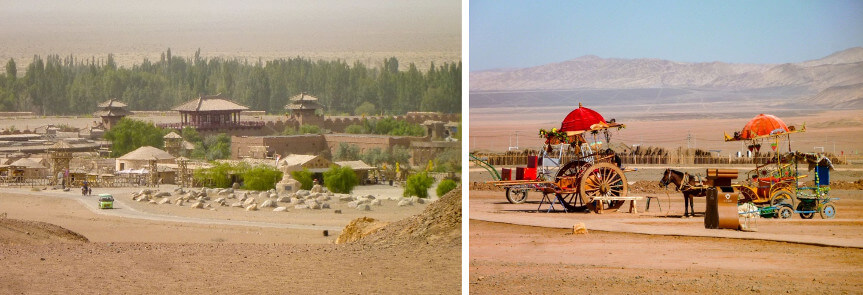
Western edge of Gobi Desert and north of Mingsha Sand Dunes (‘gurgling sand’ – noise made when wind rose over dunes); a vital resting spot for merchants and pilgrims alike.
Key location on The Silk Road to and from China for nearly a millennium … with ancient passes Yu Guan or Jade Gate and Yang Guan or Southern Gate.

Remains of Dunhuang garrison still sit along the edge of Gobi Desert … a sentinel reminiscing of days gone by … forever watching …
Urumqi
Heart of Xinjiang Uygur Autonomous Region … ‘fine pasture’ in local dialect … Urumqi, is a fertile belt of oasis along northern slope of east Tian Shan Mountains … under China since 7th century AD.
Do you know that it is known as “the most remote city from any sea in the world” in the Guinness Book of Records?
History of trade caravans along The Silk Road … onto IIi River Valley from Turkistan … major hub throughout centuries … diverse intermingling of cultures, commercialism and religious beliefs.
Today, a multi-ethnic city with Han Chinese, Hui, Mongols, Uyghur and Muslims …commercial – industrial centre … due to oil and gas development in Xinjiang.
Visit the Grand Bazaar … sample local produce and cuisines … nuts, dates, open-grilled spiced meat and vegetable skewers with Chinese and Muslim flavours … traditional flat breads washed down with spice teas.


Visit Hong Shan (Red Mountain), symbolic of Urumqi … View breath-taking Heavenly Lake; with alpine scenery … Or take a trip back in time in Xinjiang Silk Road Museum.
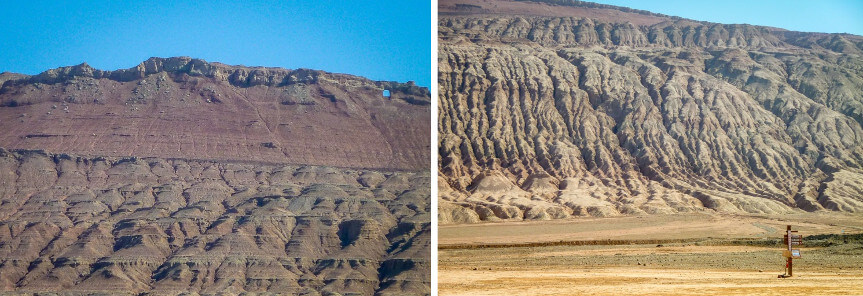
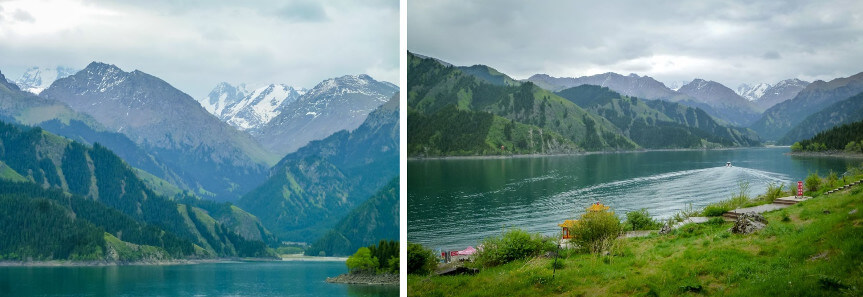
A journey not to be missed to understand and appreciate East-West influences in early days – of hardship, determination and resilience … to forge a better life for current generations.
